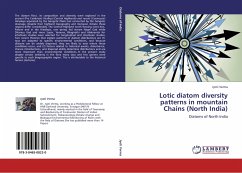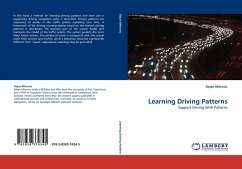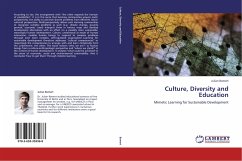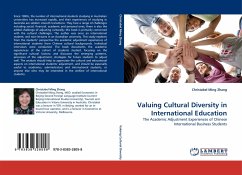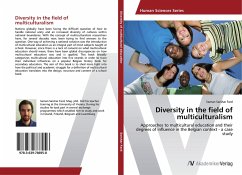The diatom flora, its composition and diversity were explored in the ancient (Pre Cambrian) Vindhya (Central Highlands) and recent (Coenozoic) Himalaya separated by the Gangetic Plains but connected by the Gangetic drainage. Despite their highland topography and monsoon climate these regions differ considerably. The Central Highland north flowing rivers Ken, Paisuni and in the Himalaya, one spring fed stream Nagni Gad while Dharasu Gad and rivers Supin, Yamuna, Bhagirathi and Alaknanda for interbasin studies were selected for longitudinal and interbasin studies. Two recent theories that explain patterns of diatom distributions are (1) taxa are adapted to specific environmental conditions, and because diatoms can be widely dispersed, they are likely to exist where those conditions occur, and (2) factors related to historical events, disturbance, chance introductions, and dispersal ability determine distributions and are more important than environmental conditions. In the present study despite certain similarity in the flora many taxa and few genera were specific to each biogeographic region. This is attributable to the historical factors (tectonic).

